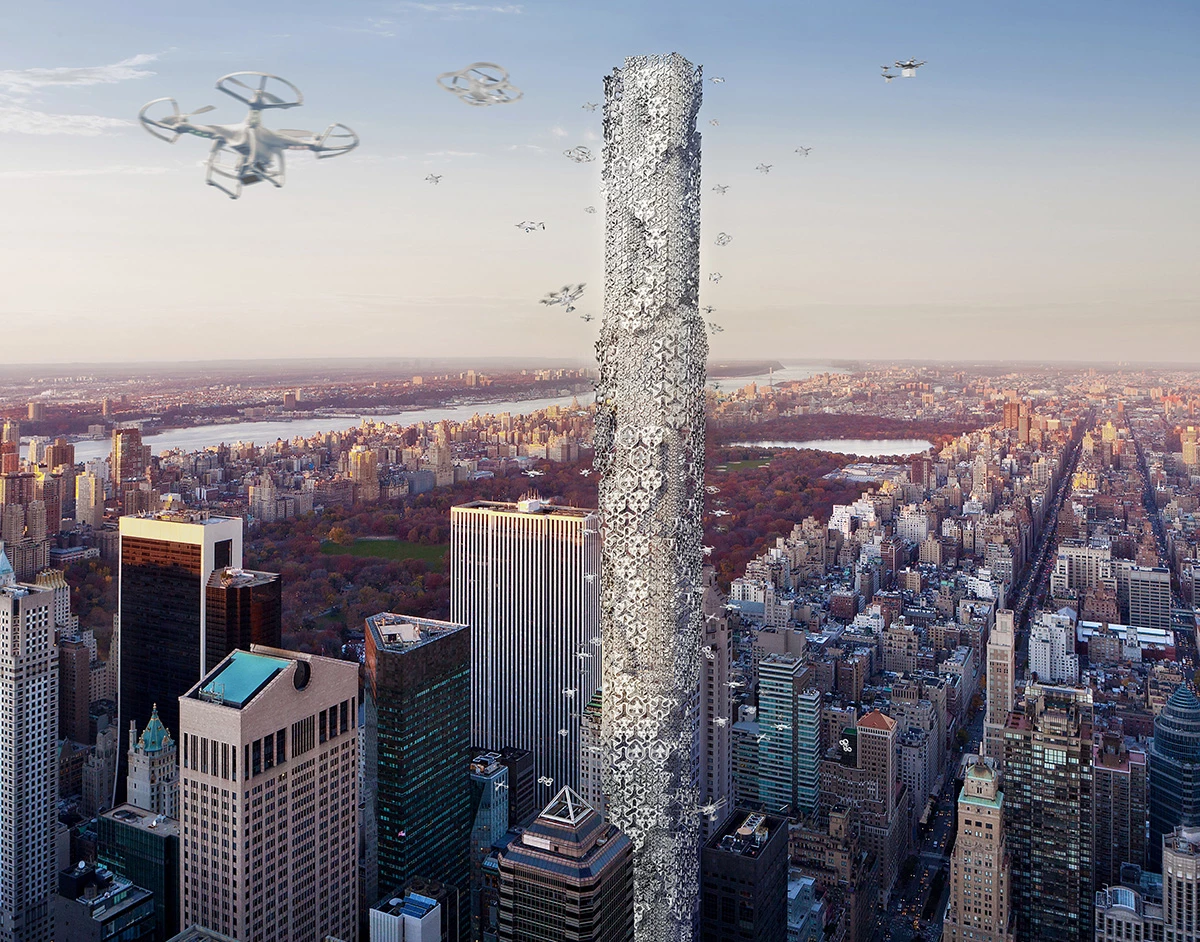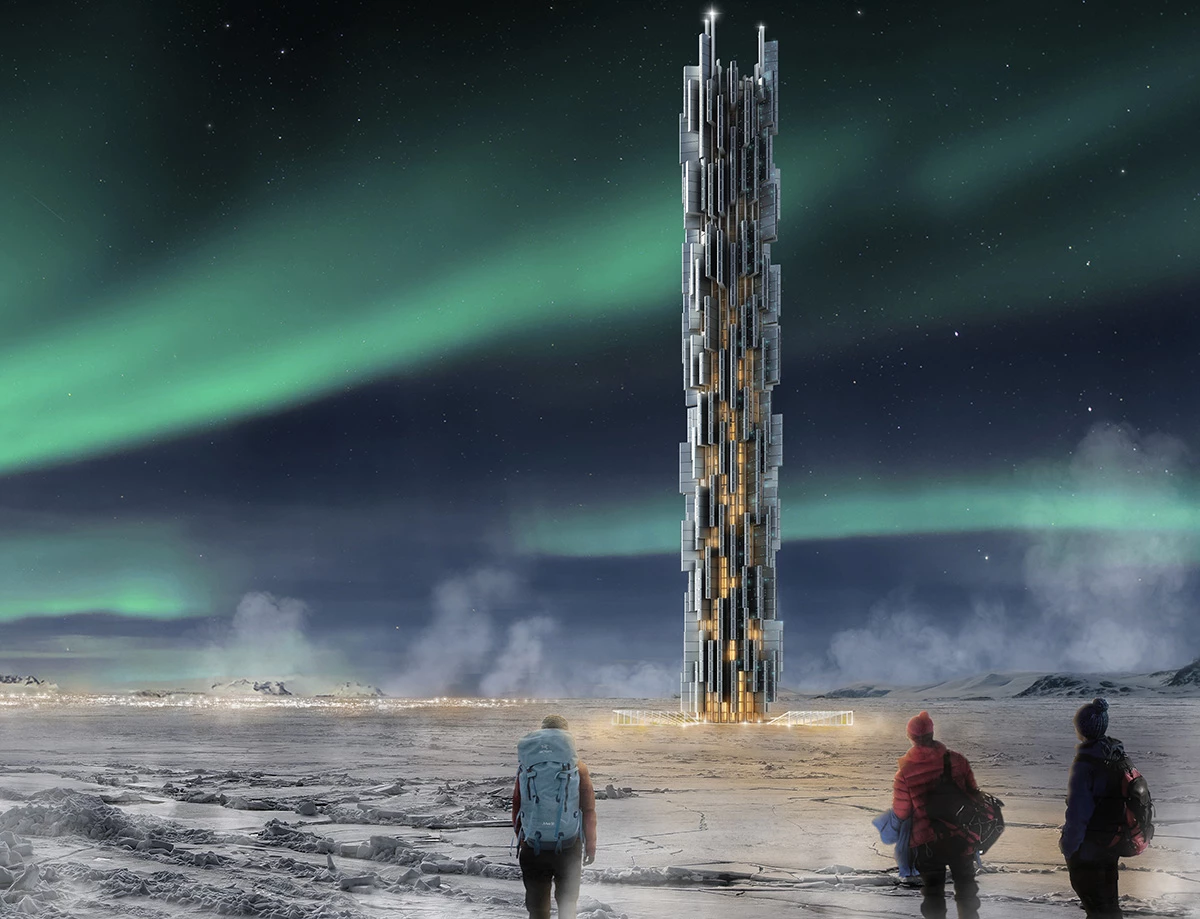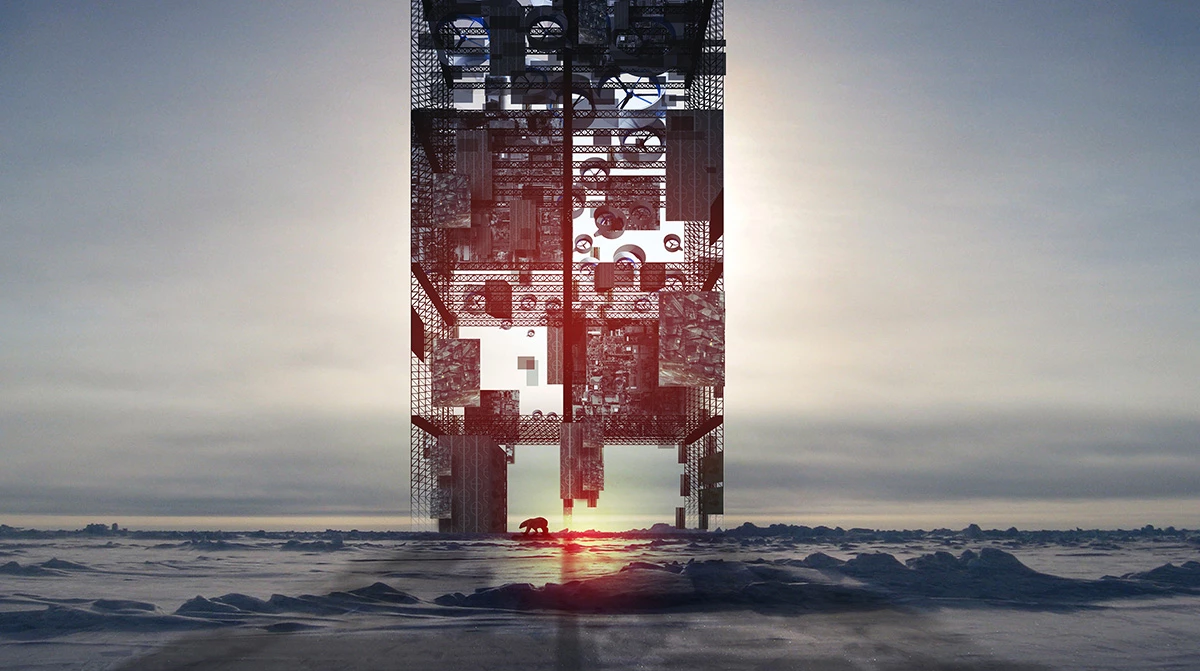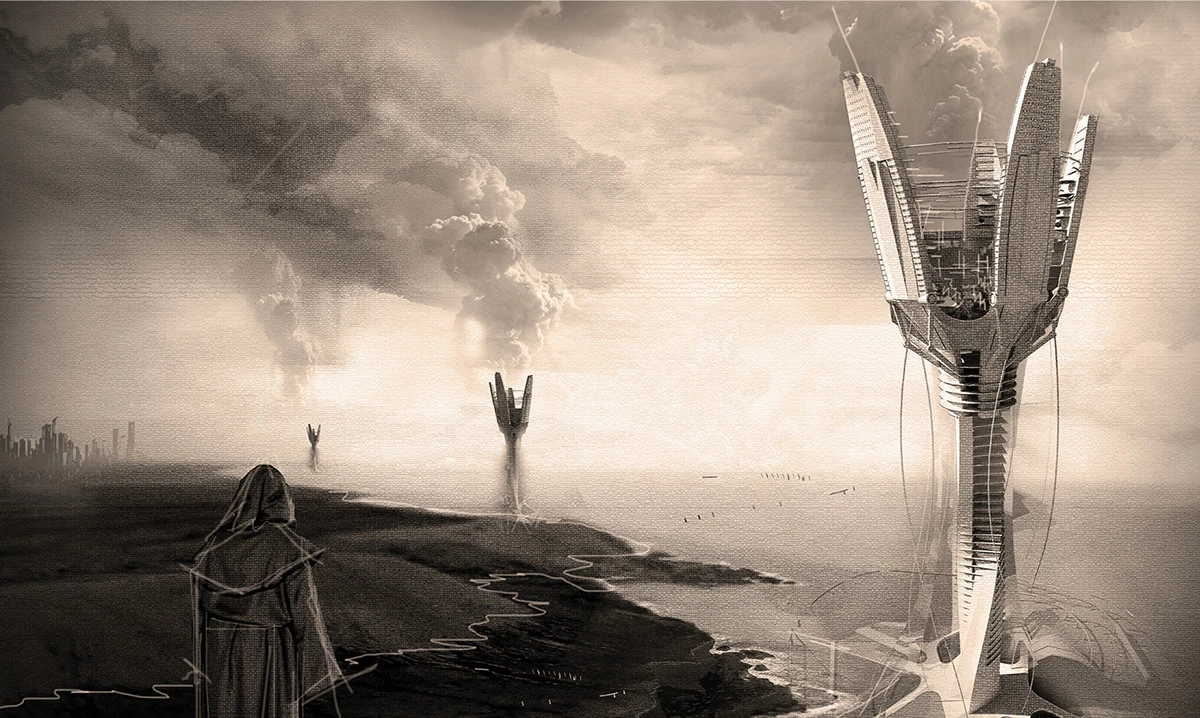Imagine standing on the edge of New York's Central Park and looking down into a 1.3-sq mile (3.4-sq km) sunken expanse of mountains and lakes. This is the award-winning concept dreamt up by Yitan Sun and Jianshi Wu, who have envisioned digging down to the bedrock of the park to create a more natural landscape.
New York Horizon was conceived to contrast the city's densely-constructed buildings and towering skyscrapers, as well as to provide New Yorkers with a natural environment that they could enjoy on a daily basis. The reimagined parkland would allow for hiking, climbing and other outdoor activities.
Sun and Wu's concept imagines the park contained within a huge perimeter of internally reflective glass, a mirrored megastructure itself like the skyscrapers around it. Indeed, it is this aspect of the design that qualified it – and ultimately allowed it to win – the 2016 eVolo Skyscraper Competition.
The annual competition was established in 2006 and seeks to recognize visionary ideas for building high-rise structures. Previous winners have included last year's Essence Skyscraper and 2014's Vernacular Versatility. This year's contest has seen second- and third-place prizes awarded, as well as a further 21 honorable mentions. All were picked by a jury from a total of 489 submissions.

In second place is the Hive, a "central control terminal" for commercial drones – or, to you and me, a place where they can be docked, charged and take-off from. Designed by Hadeel Ayed Mohammad, Yifeng Zhao, and Chengda Zhu, the Hive is based on the recognition that drones are becoming a greater part of our lives, with applications like fast delivery, aerial mapping, commercial advertising, government inspection and filmmaking.
Based at 432 Park Avenue in Manhatten, New York, the Hive would allow for the surrounding area's "air-zoning" to be shaped for drone traffic to and from the building and for more efficient use of commercial drones. It would accommodates nine different types of drones based on shape and size and would provide a safe landing environment for them.

Data Tower, by Valeria Mercuri and Marco Merletti, placed third. Conceived in response to the growing amounts of data being created annually, the concept comprises a vertical data center that is powered cleanly and costs little to run.
Located in Iceland, Data Tower would provide a central place from which both US and European organizations could run their web services, it could be powered by the country's hydropower and geothermal clean energy, and could harness the country's cold climate for the cooling of its servers.

Notably, many of the honorable mentions this year are focused on the environment. The most ambitious of these is the huge Global Cooling Skyscraper, which would seek to pull hot air away from the earth, allowing it to be replaced by cool air. Elsewhere, the Cloud Craft would seed clouds to avoid or mitigate droughts, the Valley Of Giants would act as a catalyst for jumpstarting green environments in deserts, and the Air-Stalagmite would filter a city's air and use the air particles captured to grow itself upwards as a beacon of pollution.
We often see outlandish conceptual architecture that designers hope may actually be built, but in reality is too impractical or completely unworkable. It is unlikely, though, that any of the entries to the eVolo competition will have been submitted under any illusions that they might one day be built. Instead, it is the outlandish thinking behind these designs that is important, with these most abstract of concepts potentially containing the seed of an useful idea that might otherwise never be discovered.
The winning submissions and and honorable mentions can all be viewed in full on the 2016 competition category on the eVolo website.
Source: eVolo







